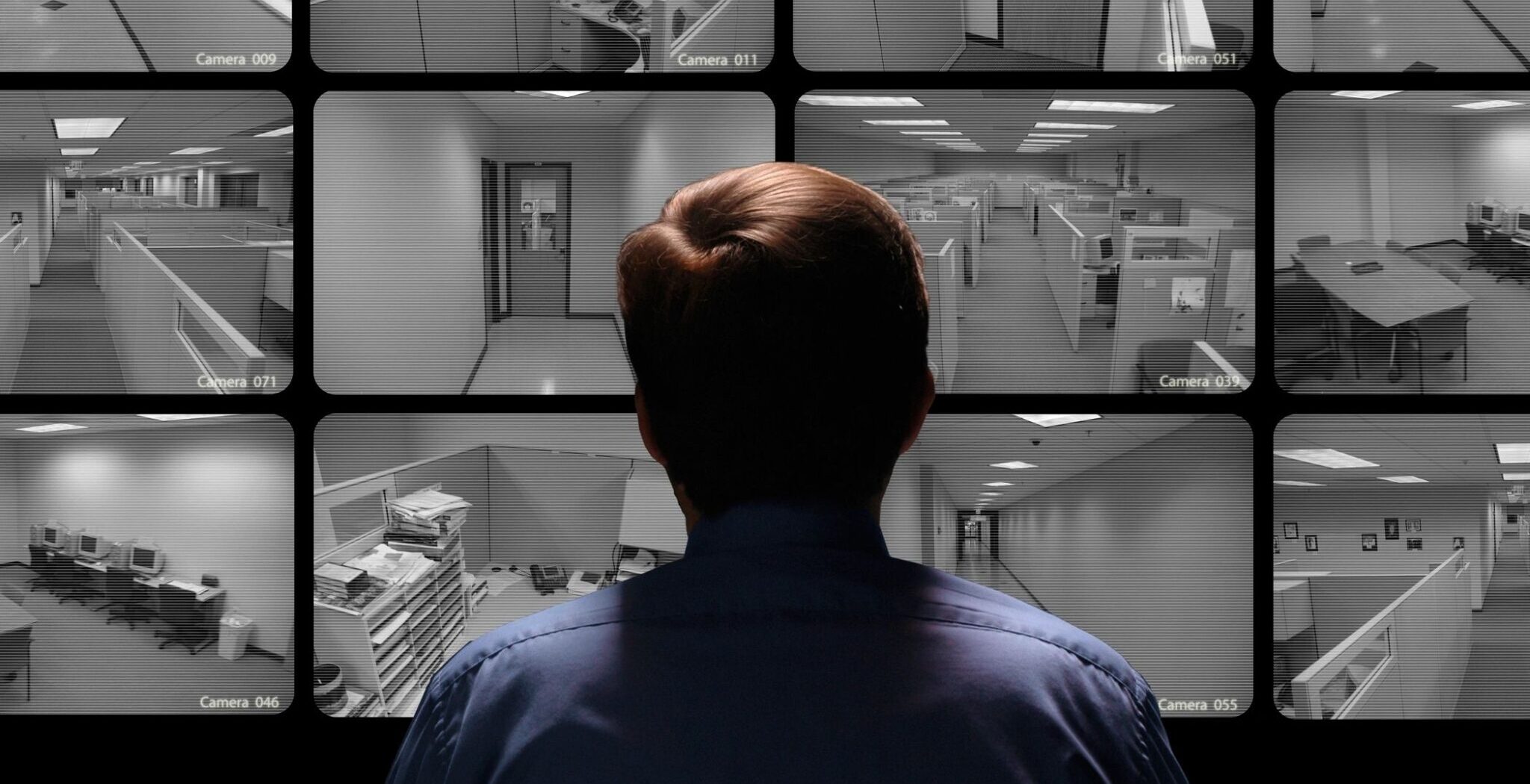Given the prevailing law and order situation and other subversive activities carried out by antisocial/extremist organizations in the country mainly targeting the banks, the Reserve Bank of India and Indian Bank Association had prepared checklists of guidelines for stringent security arrangements for implementation in banks.
The “Report of the Working Group to Review Security Arrangements in Banks – July 2004” prepared by IBA covers the security arrangement in banks extensively and minutely. According to the report, banks are expected to equip their branches, ATMs, and Data Centers, with the latest security gadgets like CC TV, X-ray scanners, sensors, time locks, turnstile gates, access control, etc. The working group report, among others, deals with branch location and layout, movement of cash within the cash department, cash transportation, security equipment, security set-up, security system audit, support and expectations from state and central governments, the disaster management plan for banks and fire prevention and protection.
RBI’s security guidelines to banks, advise the following procedures to be implemented in each branch. It also said that the suggestions in a note by the statutory auditors / internal auditors/inspectors would ensure detection of irregularities and lapses
- Each branch should maintain a set of marked notes consisting of new currency notes of various denominations. The numbers of such notes along with their prefixes and suffixes, if any, should be recorded on the last page of the Cash Summary Register under the initials of both the custodians of cash. During business hours, the set of marked notes should remain permanently in the cash at the counter. This will help the investigating agencies in the event of theft burglary, robbery, and dacoity.
- Gun and ammunition should be kept in metal gun cabinets. It should have more than the normal number of two hinges and adequate/strong locking management.
- Gun cabinets should be embedded in the wall if they are not kept inside the strong Room. A proper review of such embedment of Gun Cabinet should be made.
- Safes may also be embedded properly if not kept in a strong Room. A proper review of such embedment of safety should be made.
- As far as possible, security staff should not be utilized for any other duty except security.
- The Branch manager should maintain close liaison with the local Police authorities and seek their guidance and assistance as and when required.
- The Branch Manager must inspect the alarm system daily and ensure its proper functioning. Supervisory officers from higher offices visiting the branches should also be advised to check the alarm system during their visits to the branches.
- The firearms should always be in working condition. Old cartridges may be utilized for testing the gun in consultation with the local Police authorities.
- Telephone numbers of the local Police Station/Fire Brigade and senior officials of the bank should be kept under the glass top on the tables of the Officers and members of the staff.
- Important telephone numbers may be displayed at vantage points.
- The refilling of the Fire extinguishers should be undertaken before the expiry date. Arrangements may be for the demonstration of portable Fire Extinguishers. During the refilling of Fire Extinguishers in branches demonstration can be arranged for the members of the staff and the Officers of the branches to know the proper handling of such Extinguishers.
- All Armed Guards should be provided with lanyards with whistle
Security Arrangements at ATMs:
As per RBI guidelines, all ATMs shall be grouted to a structure (wall, pillar, floor, etc.), except for ATMs installed in highly secured premises such as airports, etc. which have adequate CCTV coverage and are guarded by state / central security personnel. Banks may also consider rolling out a comprehensive e-surveillance mechanism at the ATMs to ensure timely alerts and quick response. All ATMs shall be operated for cash replenishment only with digital ‘One Time Combination’ (OTC) locks.
ATM security features including anti-skimming devices, tamper-clear card readers, and encrypted PIN pads, protect customer accounts from fraudulent activities such as card skimming, card trapping, and PIN theft, and allow criminals to access data as it is essential, reducing the risk of data leakage.
Related posts:
| Cheque Truncation System (CTS) | Collection of instruments and cheque collection policies of Banks in India |
| Cash and its Custody in banks | Security Arrangements at Branches and ATMs |






